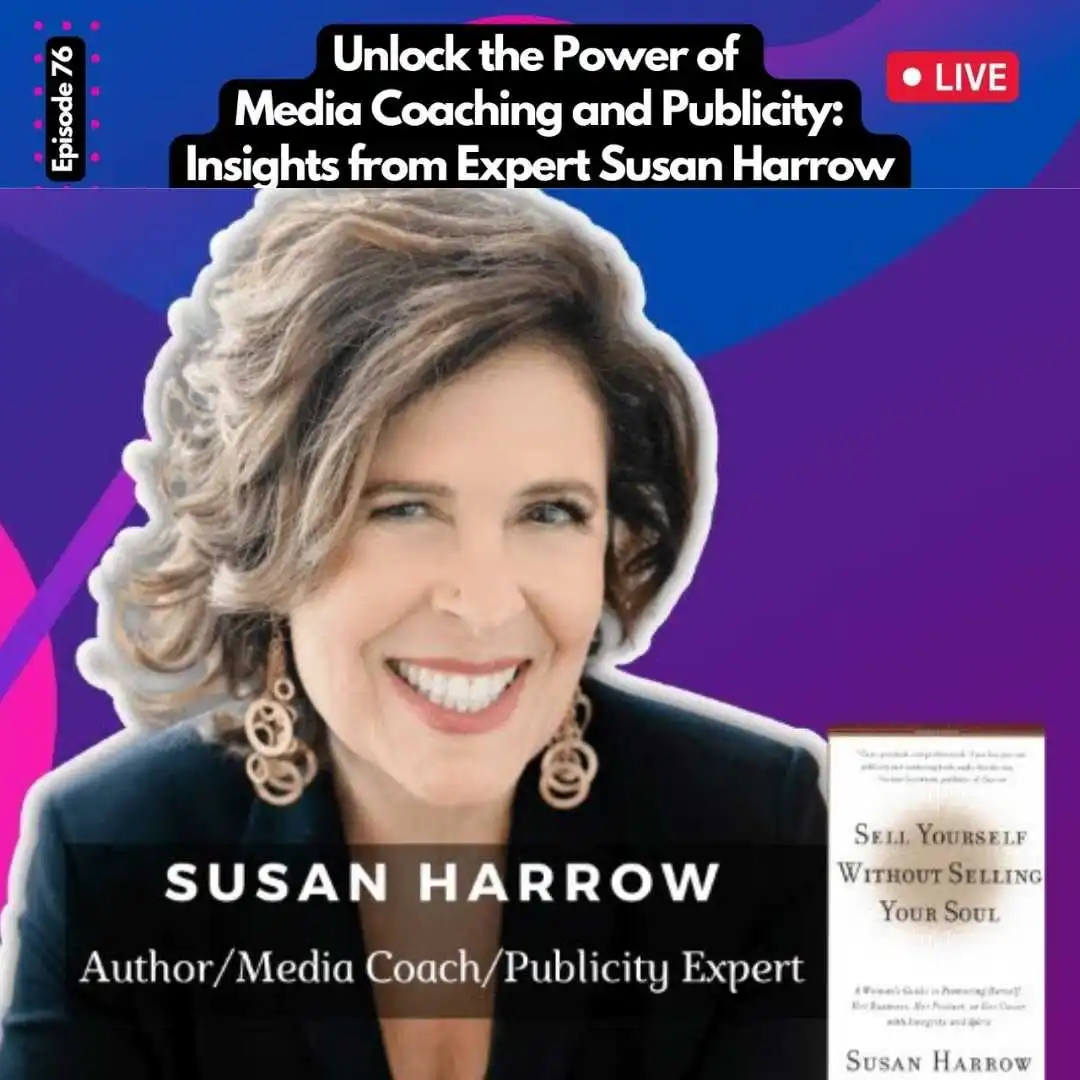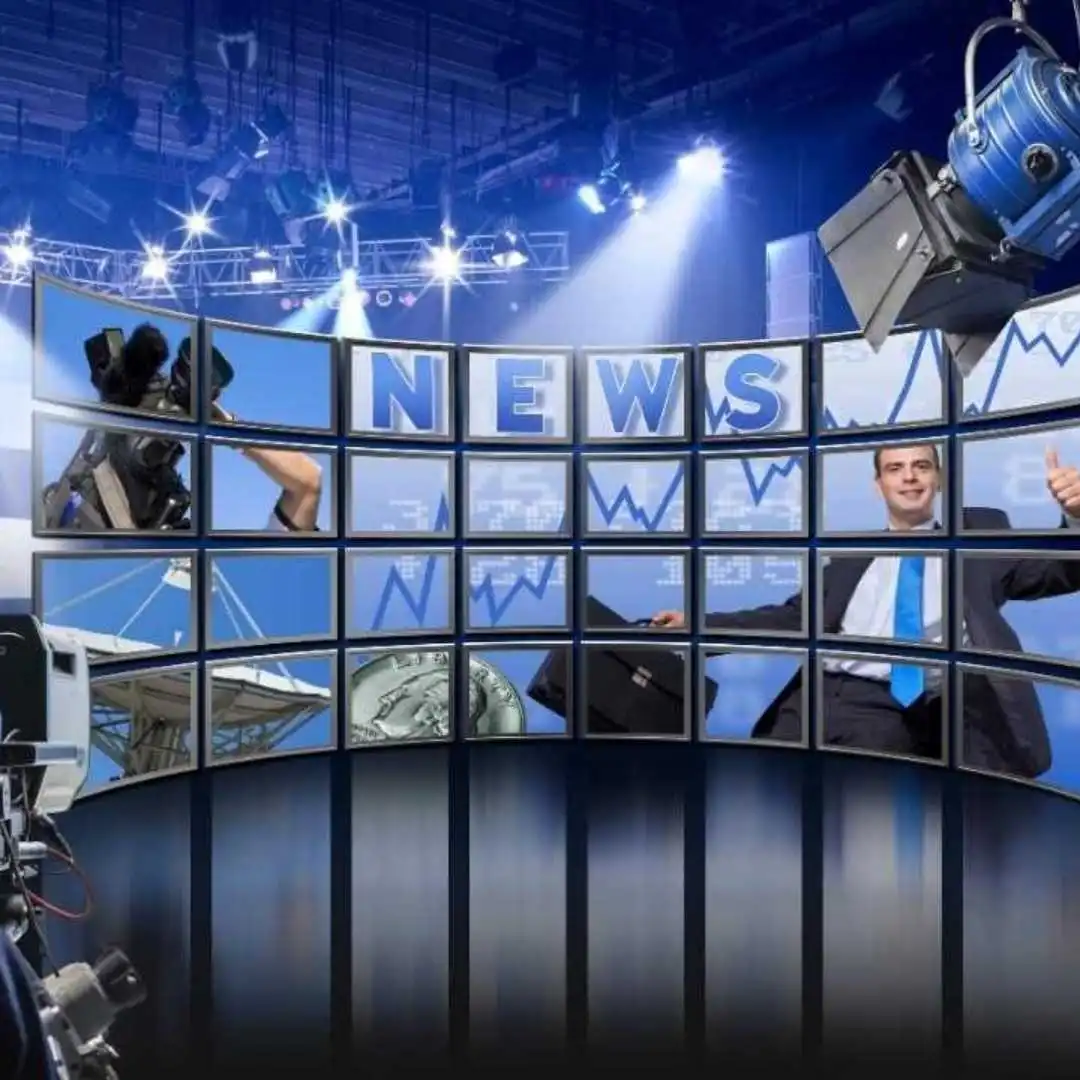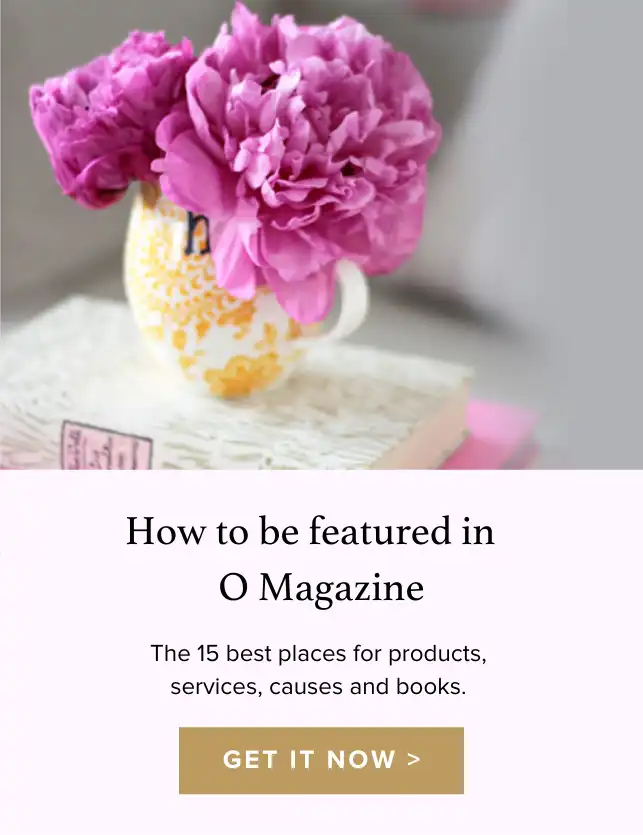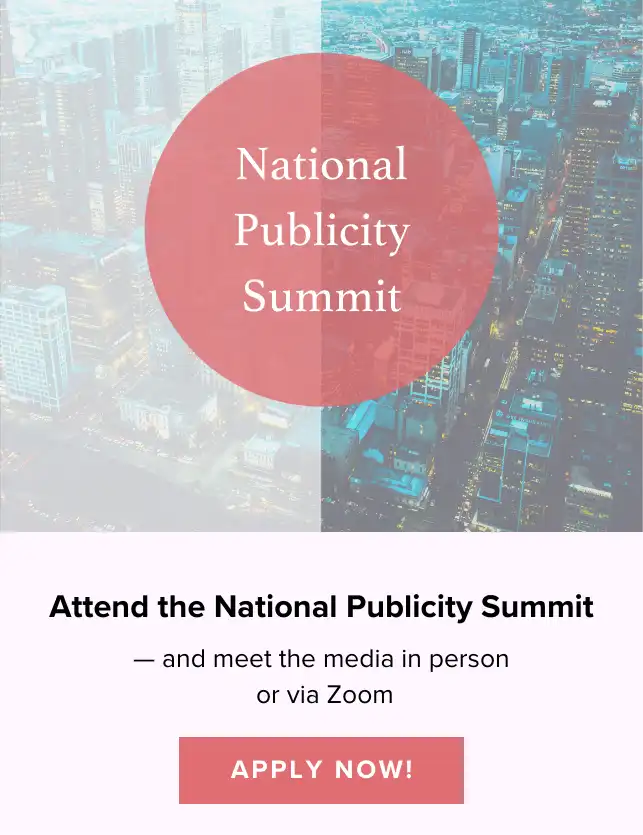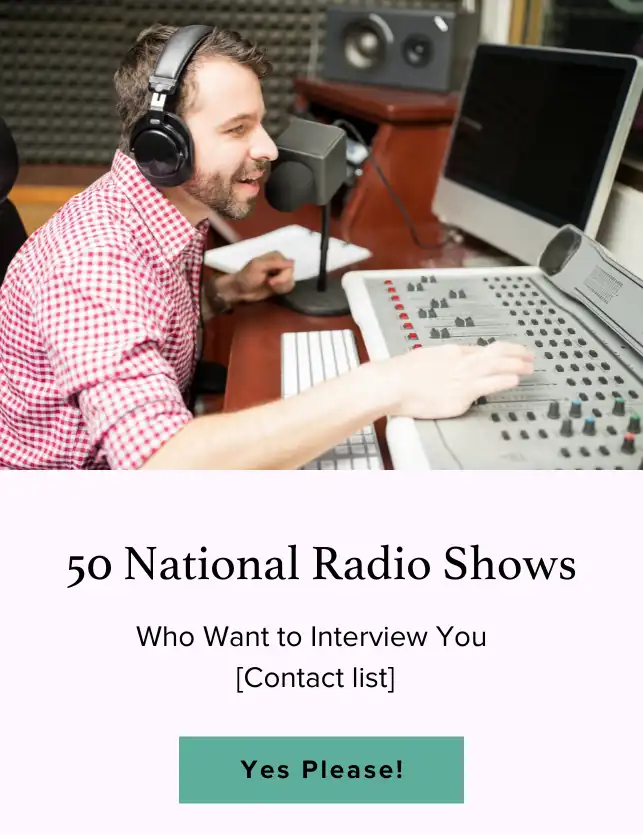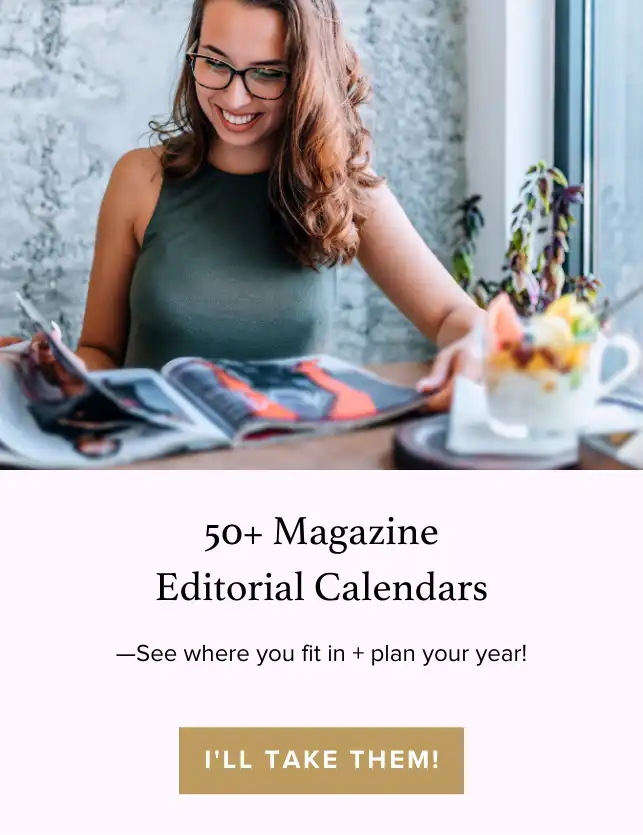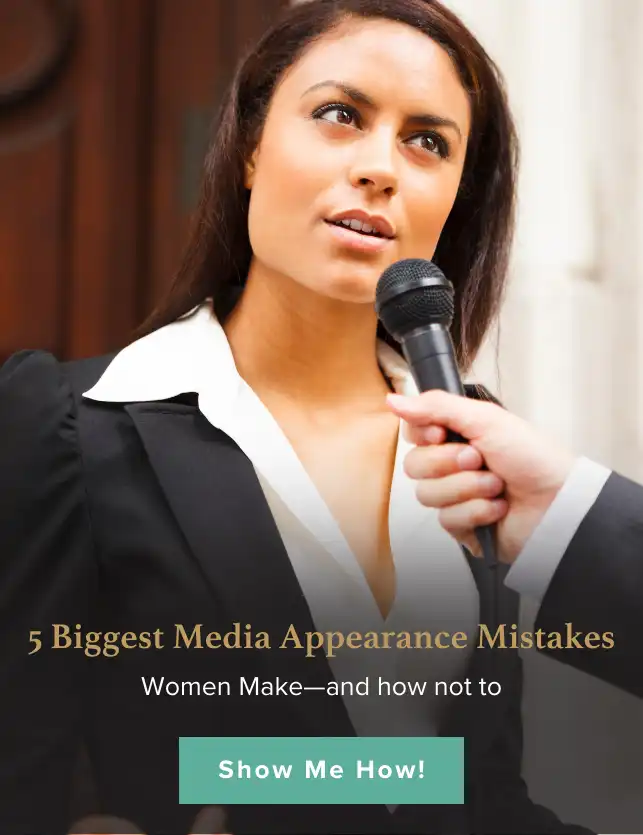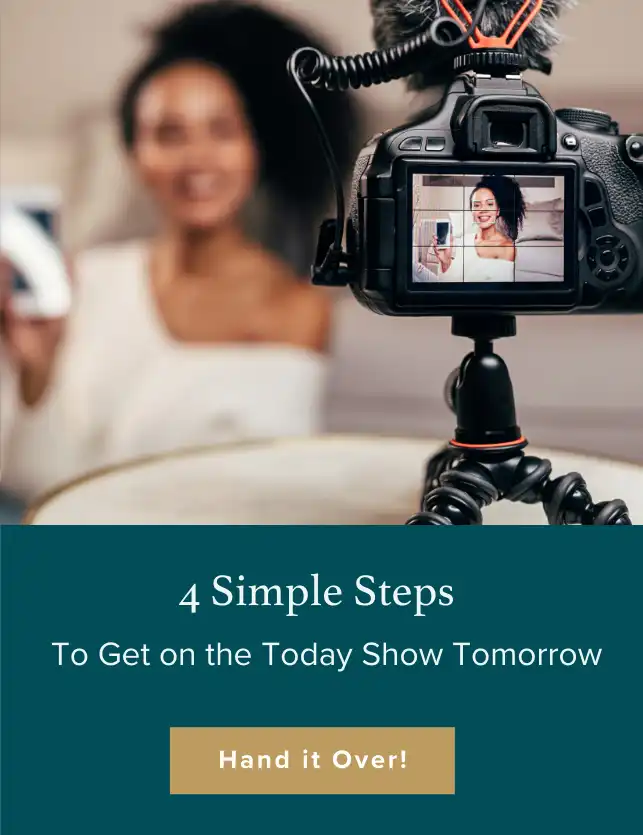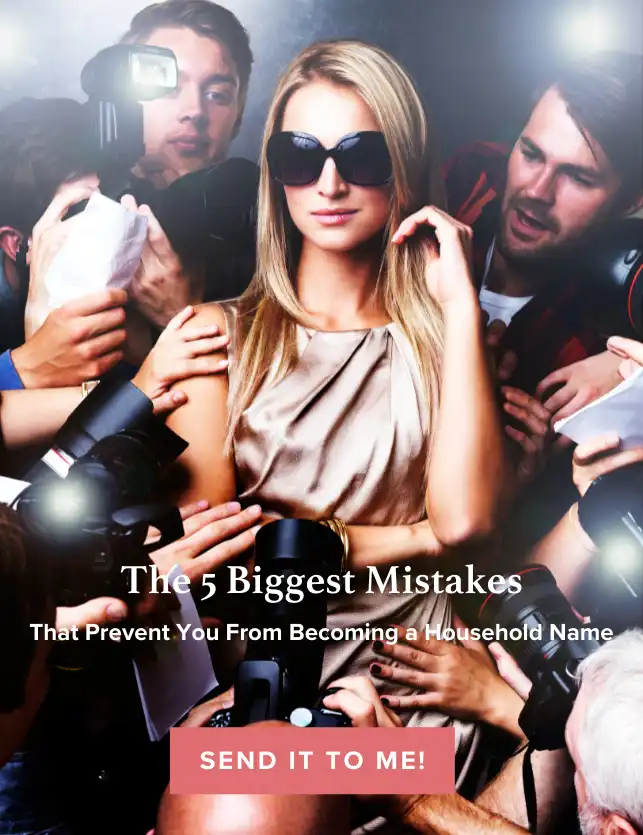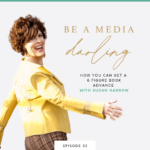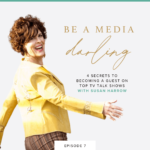The Ultimate Media Training Guide: Building Your Confidence and Expertise—Everything You Need to Know
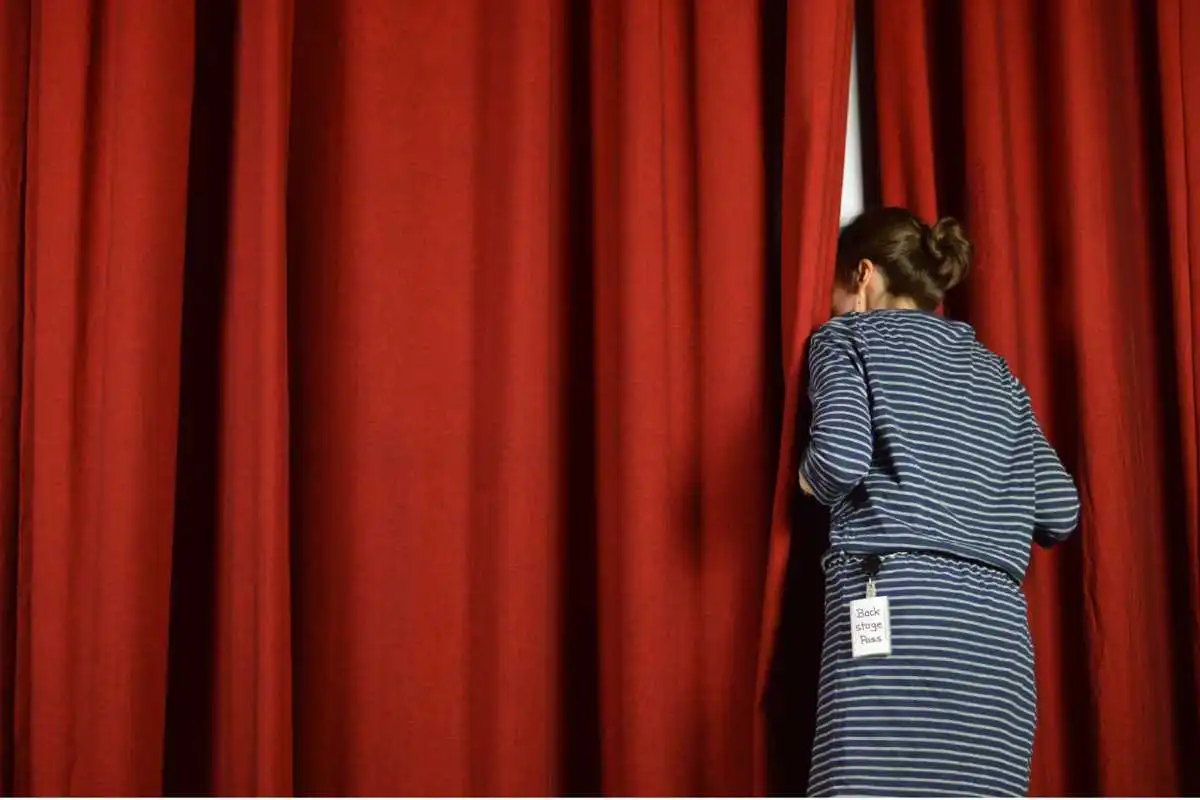
SUMMARY: Master media interviews with confidence using our guide. We cover key techniques, from understanding the media landscape to mastering body language. With decades of experience, our experts provide essential tips to handle tough questions and communicate effectively. Don’t let fear or self-doubt hold you back—empower yourself with our training program and shine in the spotlight.
Table of contents:
- The Ultimate Media Training Guide: Building Your Confidence and Expertise—Everything You Need to Know
- Media Training 101: How to Navigate Interviews and Presentations with Ease.
- The Importance of Media Training.
- Understanding The Media Landscape.
- Types of Media Interviews and Presentations.
- Preparing For Media Interviews and Presentations.
- Developing Key Messages and Talking Points.
- Effective Body Language and Non-Verbal Communication.
- Handling Difficult Questions and Staying On Message.
- Tips For Managing Nerves and Building Confidence.
- Media Training Resources and Courses.
- Conclusion.
The Ultimate Media Training Guide: Building Your Confidence and Expertise—Everything You Need to Know
Navigating interviews and presentations in the media can be a daunting task, especially when the spotlight is on you. It requires a particular set of skills to confidently deliver your message while captivating your audience. That’s where media training comes in. In this media training guide, we will explore the fundamentals of media training and discover how it can help you shine in any interview or presentation.
With over three decades of experience in the media industry, we understand the challenges you might face when dealing with journalists, hosts, cameras, microphones and live and virtual audiences. Our comprehensive media training program equips you with essential techniques to handle tough questions, exude confidence, and effectively communicate your key messages.
From crafting compelling soundbites to managing nonverbal cues, our experts will guide you through every step of the process. Whether you are a business professional, public figure, thought leader, experienced or aspiring entrepreneur, our media training will give you the edge you need to succeed in today’s competitive landscape.

Often the fear of interviews and presentations holds people back. By taking control of your media presence with our media training program and mastering the art of delivering impactful and persuasive messages, you’ll discover how to feel comfortable in your own skin, refine your voice, and handle problematic personalities and situations.
Media Training 101: How to Navigate Interviews and Presentations with Ease.
The Importance of Media Training.
In today’s fast-paced and interconnected world, media plays a crucial role in shaping public opinion and influencing decision-making. Whether you are an executive, spokesperson, founder, or public figure, your ability to navigate interviews and presentations can have a significant impact on your personal and professional brand. Media training is essential for anyone who wants to effectively communicate their message, build credibility, and establish themselves as an authority in their field.
Media training provides you with the necessary skills and tools to confidently engage with journalists, convey your key messages, and handle difficult questions or challenging situations. It helps you develop a clear understanding of the media landscape, enabling you to leverage opportunities for positive exposure while mitigating potential risks.
Understanding The Media Landscape.

Before diving into media training, it is crucial to have a solid understanding of the media landscape. Different types of media outlets have distinct audiences, formats, and expectations. Understanding these nuances will help you tailor your message and delivery to suit each platform.
Traditional media outlets, such as newspapers, magazines, and television networks, still play a significant role in shaping public opinion. They often have a broad reach and can provide valuable exposure for your brand or cause. However, with the rise of digital media, online publications, blogs, podcasts, and social media platforms offer additional opportunities to connect with a targeted audience and build a loyal following.
It is essential to stay up-to-date with the latest trends in the media industry, such as the growing influence of social media influencers, the rise of video content, and the importance of engaging storytelling. By understanding the evolving media landscape, you can adapt your media strategies and effectively reach your target audience.
Types of Media Interviews and Presentations.
Media interviews and presentations can take various forms, each with its own unique challenges and goals. Understanding the different types of media engagements will help you tailor your preparation and approach accordingly.
1. Print Interviews: Print interviews typically involve journalists from newspapers, magazines, or online publications. The goal is to provide in-depth information and insights about a specific topic. These interviews often require thoughtful and detailed responses that can be quoted directly in the article.
2. Television Interviews: Television interviews can range from live broadcasts to pre-recorded segments. They require concise and impactful communication, as the visual aspect adds an additional layer of complexity. Non-verbal cues, such as body language and facial expressions, play a significant role in television interviews.

3. Radio Interviews: Radio interviews rely solely on audio communication—even if the interview is in-person in-studeio. Without visual cues, your voice and tone become even more crucial in capturing the audience’s attention and conveying your message effectively. Radio interviews often have a conversational tone, so it’s essential to engage the audience through storytelling and relatable examples.
4. Presentations, Public Speaking Engagements, Summits, Virtual Stages: Presentations and public speaking engagements provide an opportunity to showcase your expertise and connect with a live audience. Whether it’s a conference keynote, a panel discussion, or a TED-style talk, effective public speaking requires a combination of compelling content, confident delivery, and audience engagement.
5. Podcasts.
6. Panels.
7. Social Media Lives.
Each type of media engagement demands different skills and preparation techniques. By understanding the nuances of each format, you can tailor your approach, content and style to maximize your impact and achieve your desired outcomes.
Preparing For Media Interviews and Presentations.
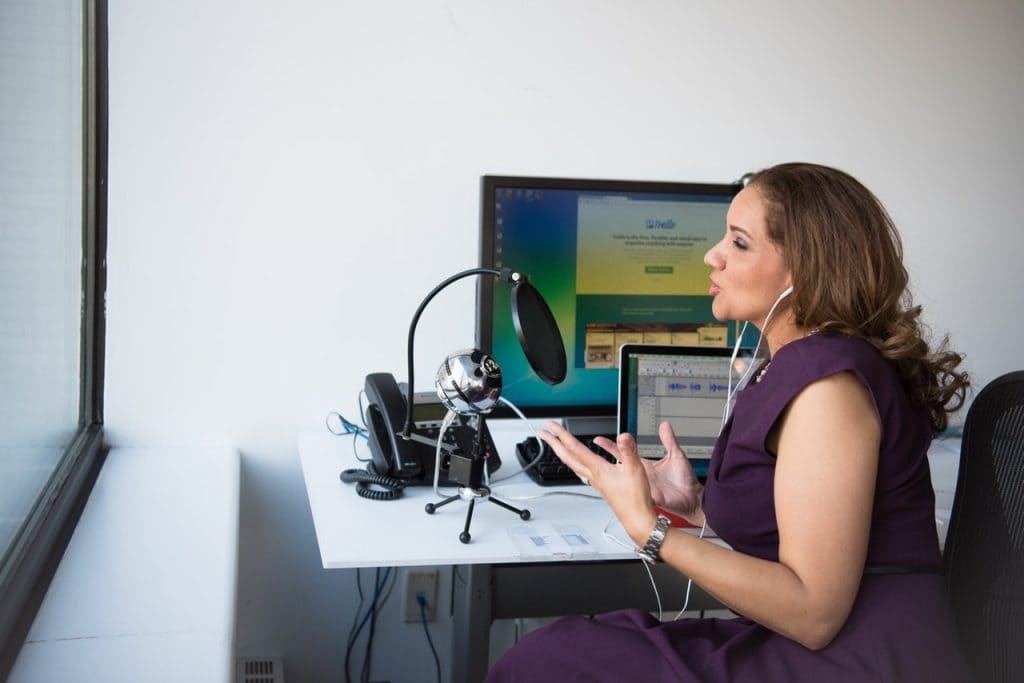
Preparation is key to successfully navigating media interviews and presentations. Here are some essential steps to help you prepare effectively:
1. Research the Interviewer and Media Outlet: Familiarize yourself with the interviewer’s style, previous work, and the media outlet they represent. This will help you understand their perspective and tailor your responses accordingly. Research the media outlet’s audience, tone, and recent coverage to ensure your message aligns with their interests.
2. Identify Key Messages and Talking Points: Before any media engagement, identify your key messages and talking points. What are the main ideas or points you want to convey? Craft concise and memorable soundbites that capture the essence of your message. These key messages will serve as the foundation for your responses during interviews or presentations.
3. Anticipate and Prepare for Difficult Questions: It’s essential to anticipate and prepare for difficult or challenging questions. Identify potential areas of controversy or sensitive topics related to your field and develop thoughtful responses in advance. Practice delivering these responses confidently and concisely to ensure you stay on message.
4. Practice, Practice, Practice: Effective media training involves regular practice. Conduct mock interviews or presentations with colleagues, friends, or media professionals to simulate real-life scenarios. This will help you refine your delivery, identify areas for improvement, and build confidence.
By investing time in thorough preparation, you can approach media interviews and presentations with confidence and clarity, ensuring that your message resonates with your target audience.
Developing Key Messages and Talking Points.

Developing clear and concise key messages and talking points is a crucial aspect of media training. These messages serve as the foundation of your communication strategy, ensuring that your core ideas are effectively conveyed and remembered by your audience.
When developing key messages and talking points, consider the following:
1. Identify Your Core Message: What is the main idea or concept you want your audience to take away from your interview or presentation? Your core message should be simple, memorable, and aligned with your overall communication goals.
2. Craft Supporting Points: Once you have identified your core message, develop supporting points that reinforce and illustrate your main idea. These supporting points should be concise, relevant, and compelling.
3. Use Stories, Statistics, and Examples: Stories and examples are powerful tools for engaging your audience and making your messages relatable. Identify real-life examples, trends and topics from the news, or personal anecdotes that help illustrate your main points and connect with your audience on an emotional level.
4. Consider Your Audience: Tailor your key messages and talking points to resonate with your target audience. Consider their needs, interests, and prior knowledge. By understanding your audience, you can craft messages that are relevant and impactful.
Remember to practice delivering your key messages and talking points to ensure they come across naturally and effectively during interviews and presentations.
Effective Body Language and Non-Verbal Communication.
In media interviews and presentations, your body language and non-verbal communication can speak volumes. They can enhance or undermine your message, influence the audience’s perception of you, and impact the overall success of your engagement. Here are some tips for effective body language and non-verbal communication:
1. Maintain Eye Contact: Establishing and maintaining eye contact shows confidence and engagement. It helps build trust with the interviewer or audience. President John F. Kennedy is said to have used a method called “planting.” When talking to someone, he would look first at one eye, then the other, as if he were leaving his message in the earth of your eyes. People read this as sincere and committed.
3. Manage Your Facial Expressions: Be mindful of your facial expressions during interviews or presentations. Smile when appropriate and be sure NOT to smile when talking about dire situations. Use facial expressions to convey enthusiasm, empathy, or seriousness, depending on the context.
4. Manage Gestures and Movement: Use purposeful gestures to emphasize key points and engage the audience. However, be mindful of excessive or distracting movements that can take away from your message.
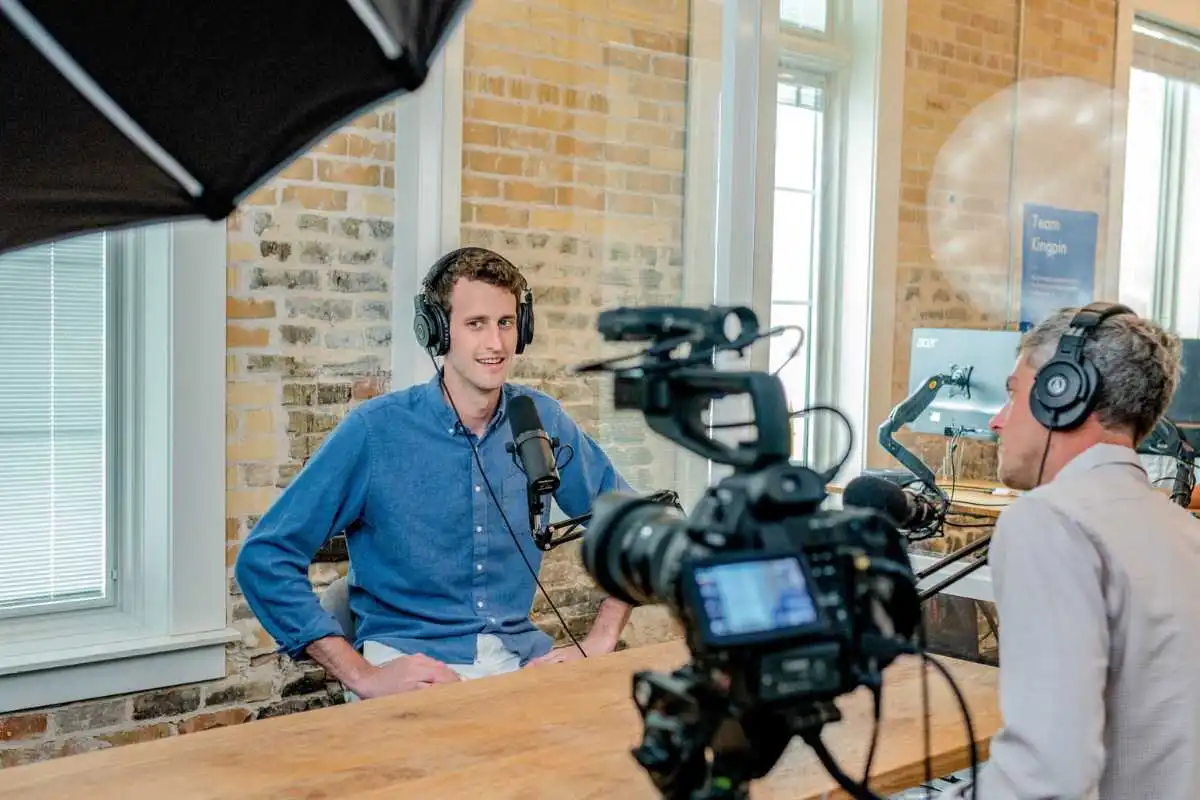
2. Use Open and Inviting Posture: Avoid crossing your arms or appearing closed off. Instead, adopt an open and inviting posture that conveys approachability and openness to dialogue. STATS ON GESTURES FROM VANESSA VAN EDWARDS.
5. Pay Attention to Voice Modulation: Vary your tone and pace to keep your audience engaged. Use pauses, emphasis, and changes in volume to highlight important points and create impact. We review pitch, pacing, pausing, volume, staccato, and legato so your words land, live and sometimes create a legacy.
By paying attention to your body language and non-verbal communication, you can reinforce your message, establish credibility, and create a positive impression during media engagements.
Handling Difficult Questions and Staying On Message.

Media interviews can often involve challenging or unexpected questions. Handling difficult questions with grace and staying on message is a vital skill for effective media communication. Here are some strategies to help you navigate difficult questions:
1. Bridge to Your Key Messages: When faced with a difficult question, use bridging techniques to steer the conversation back to your key messages. Acknowledge the question briefly, then transition to a related topic that aligns with your core message.
2. Stay Calm and Composed: Maintain a calm and composed demeanor, even when faced with aggressive or confrontational questioning. Take a deep breath, pause, and respond thoughtfully. Avoid getting defensive or engaging in heated exchanges.
3. Provide Honest and Transparent Responses: While it’s essential to steer the conversation back to your key messages, it’s also crucial to provide honest and transparent responses. Avoid evasive or vague answers that can damage your credibility.
4. Use Bridging Phrases: Utilize bridging phrases to transition from the difficult question to your key messages. Phrases like “That’s a great point, and what’s important to remember is…” or “I understand your concern, and let’s focus on…” can help you redirect the conversation. The easiest transition that can save your skin in any situation—that my clients have used brilliantly the first time they learn it is: I don’t know about that…and what I do know is….
Remember that practice and preparation are key to effectively handling difficult questions. Anticipate potential challenging scenarios and practice your responses to ensure you stay on message and maintain control of the conversation.
Tips For Managing Nerves and Building Confidence.
Nerves and anxiety are common before media interviews and presentations. However, with the right techniques, you can manage your nerves and build confidence. Here are some tips to help you stay calm and composed:
1. Prepare Thoroughly: Thorough preparation is the best way to combat nerves. The more prepared you are, the more confident you will feel. Research the topic, practice your key messages, and anticipate potential questions to boost your confidence.
2. Visualize and Feel Success: Visualize yourself delivering a successful interview or presentation. Imagine yourself speaking confidently, engaging the audience, and effectively conveying your key messages. Visualization combined with breathing and embodying good feeling can help reduce anxiety and increase confidence. Athletes and peak performers who practice rehearsing in their minds what they want, seeing, hearing, smelling, feeling it in their bodies achieve success more quickly than those who don’t.

3. Practice Slow Deep Breathing: Slow deep breathing exercises can help calm your nerves and reduce anxiety. Take deep breaths in through your nose for 6 seconds, hold for a 6 seconds, and exhale slowly through your mouth for 6 seconds. This breathwork automatically calms your autonomic nerve system in as little as 5 minutes. Repeat this process several times before your interview or presentation. Use Relaxation and Releasing Techniques regularly.. When you have a daily practice you build reserves in advance of any speaking event. Even 1 minute a day can have dramatic effects on your well-being. For example, set an alarm for once an hour to stop and clear your mind for 1 minute.
Use Positive Predictions: Repeat positive predictions to yourself before and during your media engagement. Using “I don’t know how” phrases help bridge the gap between feeling frightened and feeling confident. “I don’t know how I’ll be relaxed and engaged while deeply connecting to my audience.”
Language such as “I am becoming more confident and prepared in every moment,” or “I have valuable insights to share that will benefit the audience” can help boost your confidence and mindset. The most effective way to use these phrases and to make sure your unconscious believes them is to make the gap between the two feelings or beliefs believable.
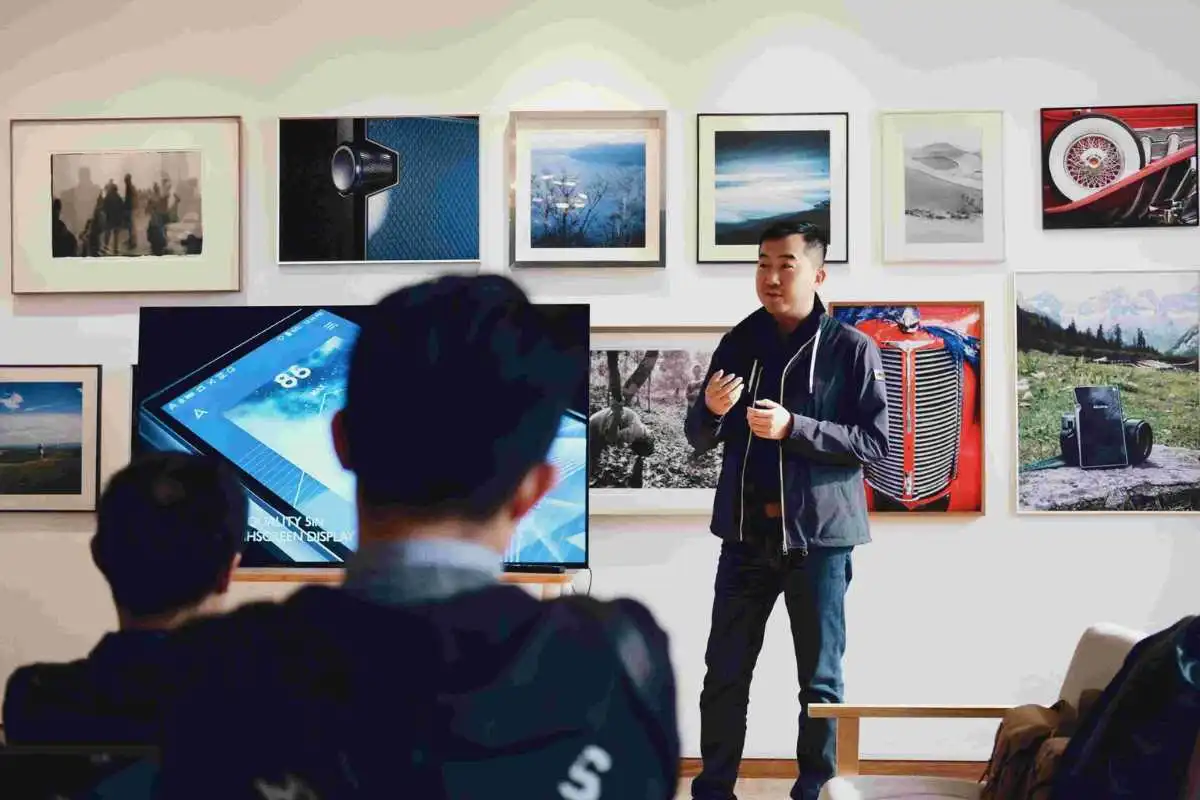
5. Seek Support: If you are feeling particularly anxious, seek support from a trusted colleague, friend, or media training professional. Talking through your concerns and receiving reassurance can help alleviate anxiety and boost your confidence.
Remember that nerves are natural and can even enhance your performance. With proper preparation and mindset, you can channel your nervous energy into a confident and impactful media engagement.
Media Training Resources and Courses.
If you want to further enhance your media training skills, numerous resources and courses are available. Here are some recommendations:
1. Online Courses: Many reputable institutions and media training professionals offer online courses that cover various aspects of media training. Look for courses that provide practical exercises, case studies, and personalized feedback to maximize your learning experience.
2. Books and Guides: There are several books and guides available that delve into the art of media training. Look for titles that cover interview techniques, body language, and crisis communication to expand your knowledge.
3. Workshops and Seminars: Attend workshops and seminars conducted by media training experts. These interactive sessions provide an opportunity to learn from industry professionals, network with peers, and practice your skills in a supportive environment.
4. Coaching and Mentoring: Consider engaging a media training coach or mentor who can provide personalized guidance and feedback. A coach can help identify your strengths and areas for improvement, tailor training exercises to your specific needs, and provide ongoing support.
By investing in continuous learning and improvement, you can stay ahead of the competition and further refine your media training skills.
Conclusion.
Don’t let the fear of interviews and presentations hold you back. Take control of your media presence with our media training program and master the art of delivering impactful and persuasive messages. With comprehensive training in media engagement, you can confidently navigate interviews, captivate your audience, and effectively communicate your key messages.
Remember, media training is a continuous process. Practice regularly, seek feedback, and stay updated on the evolving media landscape. By honing your media skills, you can establish yourself as a trusted authority, build credibility, and achieve your communication goals. Embrace the power of media training and unlock your full potential in the world of interviews and presentations.
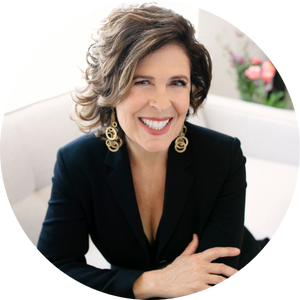
Like what you read? Share it!
Disclosure: Some of the above may be affiliate links that I will be compensated for at no cost to you. They are products or services I’ve either used, vetted or trust. Enjoy!
WE THOUGHT YOU’D ALSO LIKE THESE POSTS

